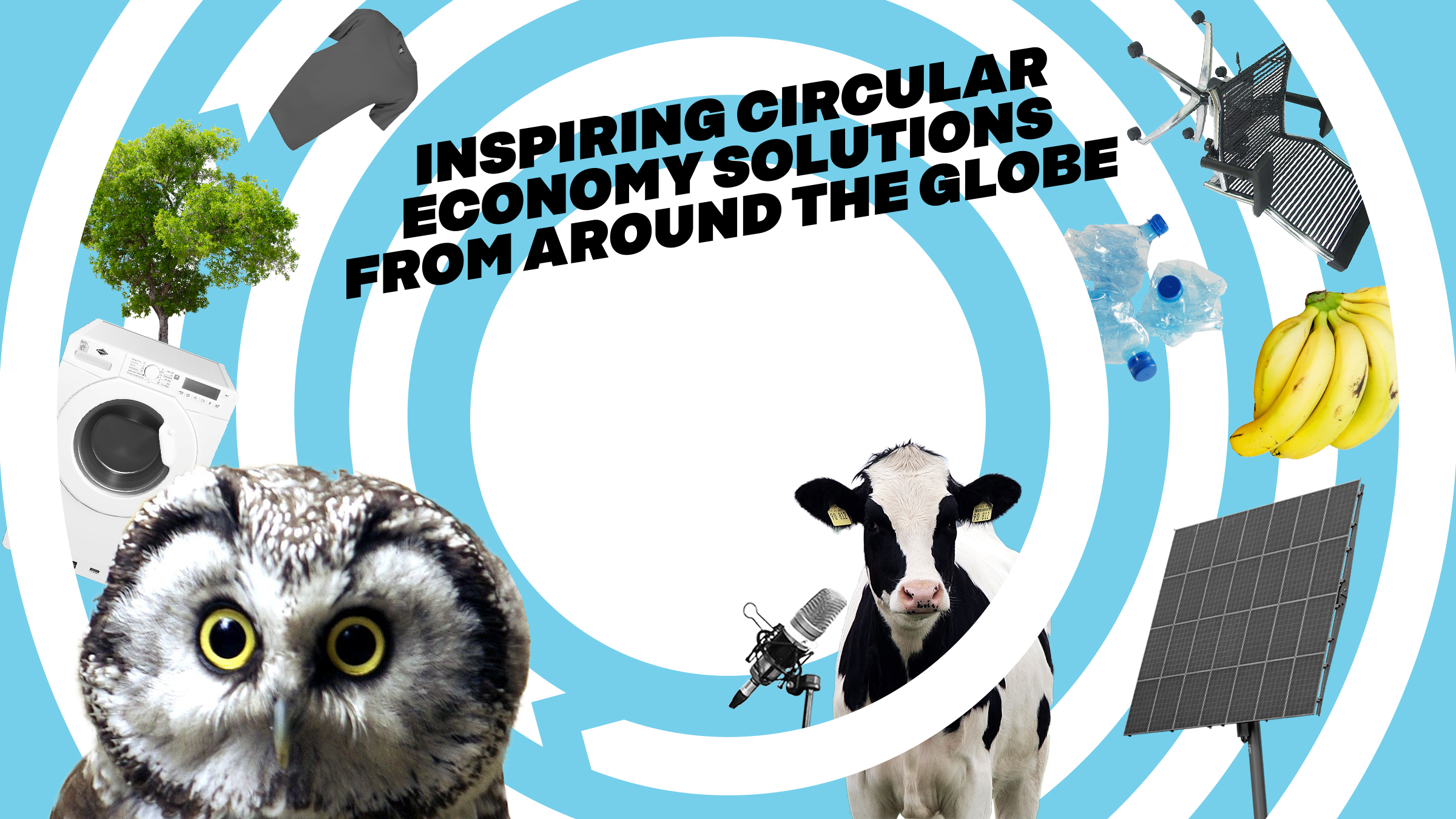Updates: 24 June 2025 website address not working
Combining technology, human intelligence and powerful tools, EME provides a cross-sectoral matchmaking platform for materials and products while ensuring traceability and transparency. The platform aims to find the highest added-value matches, with regards to the environmental and socio-economic impacts.
EME was originally a resource passport. However, after development, the founders realised that a passive marketplace will not be sufficient to find high-value reuse options. They started to develop a “dating” platform for excess materials that would utilise new digital technologies to automatically match supply and demand of excess materials with their highest value reuse options.
Problem
The growth and scale of circular initiatives are hindered by lack of transparency, timing and availability of resources, quality and quantity of resource flows, and inefficient internal resource cycles. Organisations lack tools for efficient collaboration that allow them to redistribute excess resources and utilise other organisations’ waste flows.
Solution
The matchmaking platform helps businesses across sectors find high-value reuse options for materials and (waste) products, enabled by artificial intelligence, Hyperledger blockchain and smart contracts.
The matchmaking is supported by Resources passports which restore information of the materials’ properties such as composition, deconstruction, quality and toxicity. Other features enable tracking and tracing of material flows exchanged and the evaluation of the financial, environmental and social impacts of circular matches.
Companies that use the platform can reduce or eliminate their material disposal costs and generate extra revenue from exchanged materials, whilst reaching their sustainability targets.
EME helps companies globally to overcome the barriers of materials exchange and helps to transform current coincidental and relatively small-scale circular economy practices to a highly scalable and structural exchange of materials across industries.
Environmental impact
Material exchange facilitated on the platform reduces greenhouse gas emissions, energy use and the use of virgin raw material by increasing the use of secondary materials and decreasing the amount of materials sent to landfills or incineration. The company’s large-scale pilot including 17 materials from 8 multinational companies in 2018 suggested a 54 million euro environmental cost reduction and a 64 million euro financial value creation.
Social impact
By decreasing materials sent to landfills and incineration, EME has a positive impact on the health and wellbeing of local communities. As EME supports the development of secondary material markets, it strengthens the resilience of economies, supports the creation of jobs for maintenance, repair and refurbishment, and improves working conditions in primary resources extracting countries.


Inspired?
Check out all solutions.